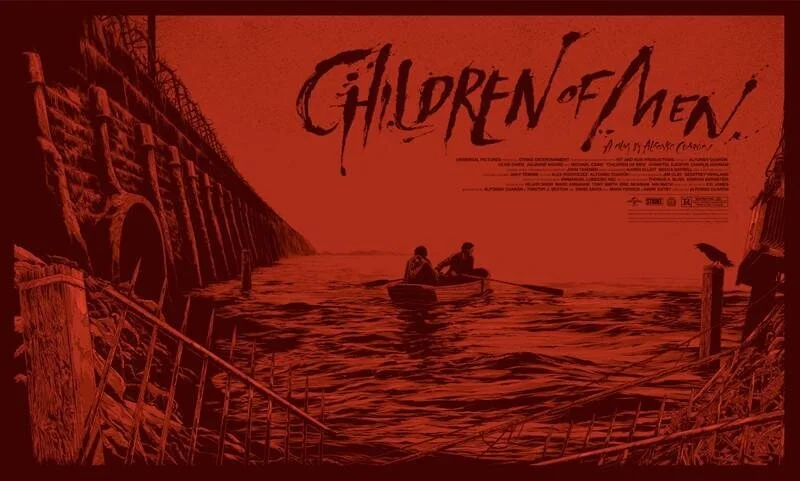By Terrance Steenman
To be honest, I never thought too heavily about architecture growing up. I imagine most people feel this way their entire lives. Sure, when we were children there were LEGOs or Lincoln Logs (if you were so fortunate as to have those toys), and with those toys one could build a space of imagination, but rarely do people make the connection that the lessons learned can be applied to the masonry, wood, steel or concrete that shape our daily lives. Constantly in the field of architecture, we are told to think back to a time when we did not have architectural eyes, and to instead view architecture from the lens of the ordinary person
Read More












